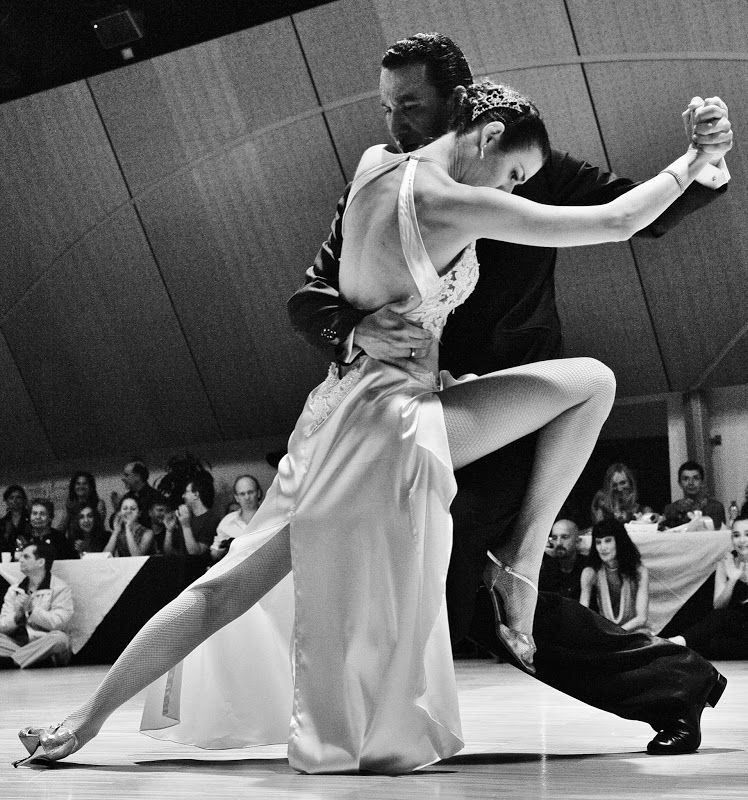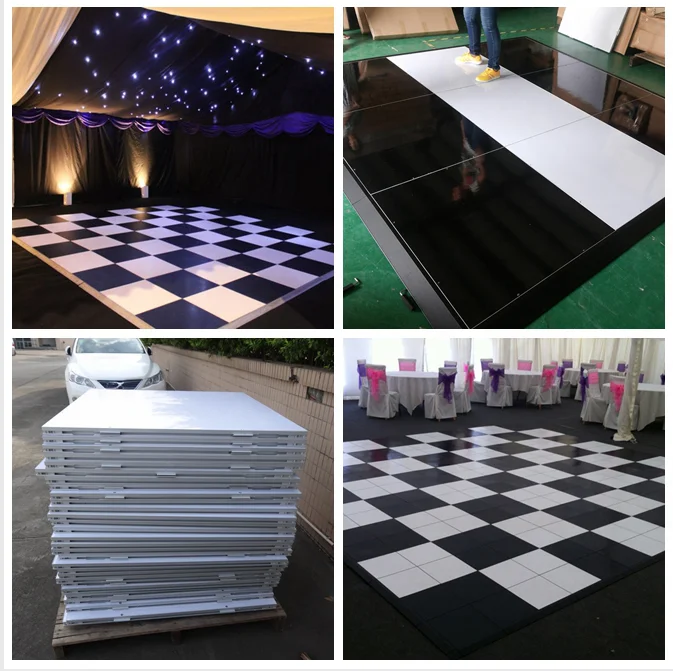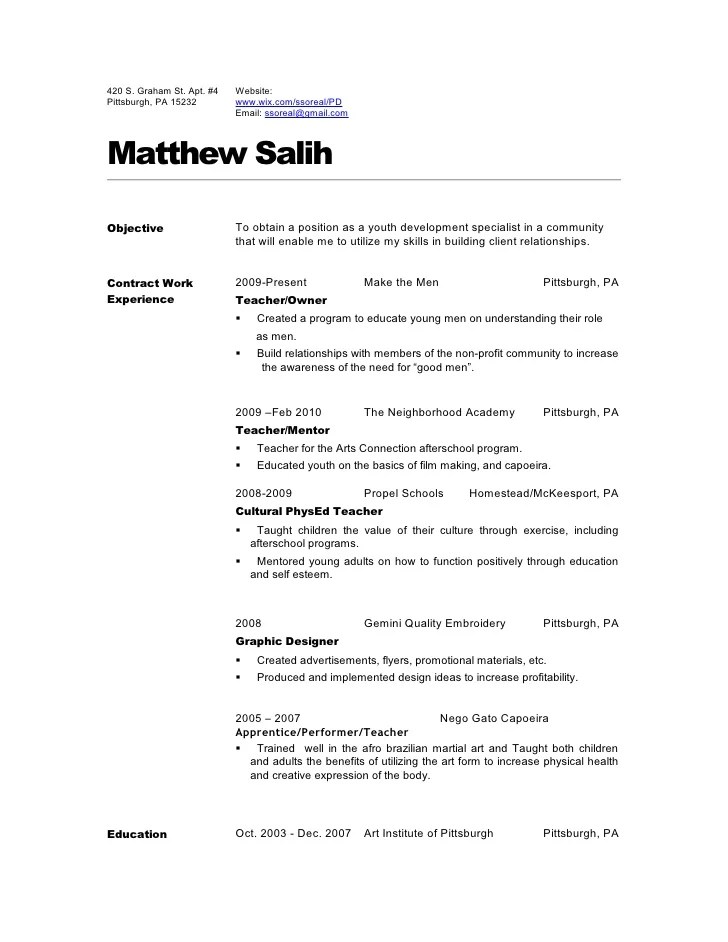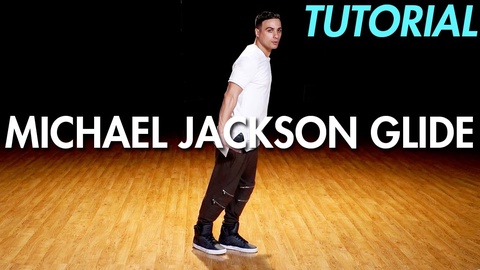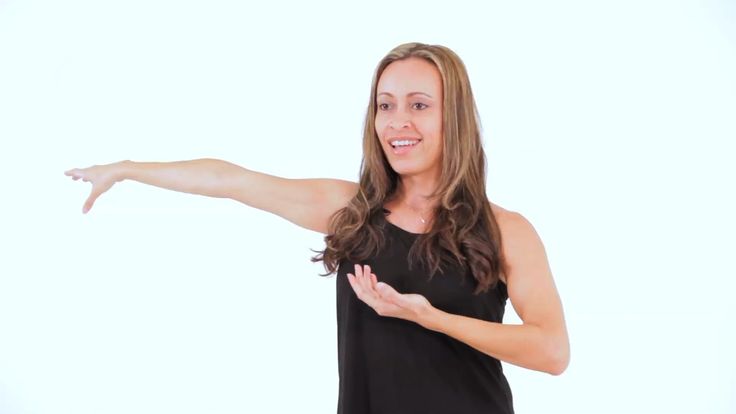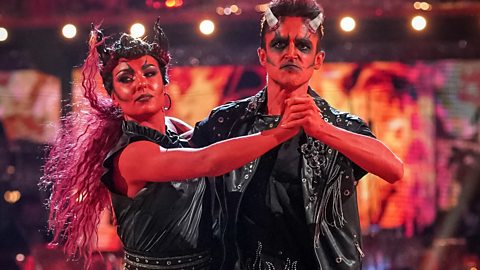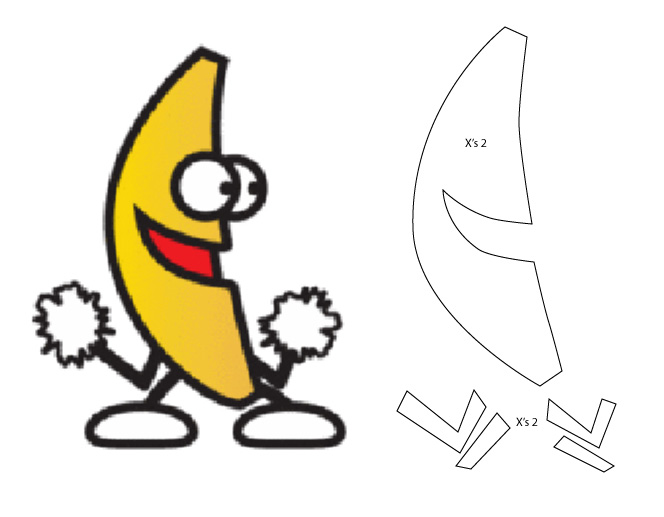How to dance ballroom tango
American Tango Step List - Ballroom Dance Lab
We may earn a commission from affiliate links on this page. See our disclaimer for more information.
American Tango is a fun dance to learn and has a lot of character.
Check out our American Tango Step List.
See Full Step List
- Tango Walks
- Tango Basic
- Promenade Turning Left
- Promenade Turning Right
- Tango Left Rock Turn
- Back Single Corte
- Open Fan
- Outside swivels/Fans
- Left Turning Rocks
- Promenade Pivot
- Closed or Open Reverse Turn
- Fan with Underarm Turn Right
- Double Corte
- Progressive Rocks
- Shadow Rocks
American Tango Bronze Step List
Tango Walk
The tango walk is one of the fundamental components used in Tango. The timing for this step is Slow, Slow. In the video below it talks about this step used in International style, but it is also seen in American Tango as well.
Tango Basic
The tango basic starts with a forward tango walk. The timing for this step is slow, slow, quick, quick, slow. When first learning Tango you will also hear people spell out T-A-N-G-O or T (slow) – A (slow) – N (quick) – G (quick) – O (slow).
Promenade Left Turn
This step starts with the promenade position. It uses the same basic timing: slow, slow, quick, quick, slow. On the second slow the follower will rotate left and resume closed dance position with the leader.
Promenade Right Turn
With this step instead of the follower turning left like they did with the previous turn the follower will continue to step forward while the leader will step across creating a right turning action. The timing for this step is slow, slow, quick, quick, slow.
The timing for this step is slow, slow, quick, quick, slow.
Tango Left Rock Turn
The rock turn is a fundamental step that you see throughout the smooth dances. This step makes it easy to change directions, which is important when navigating around the dance floor. The timing for this step is slow, slow, quick, quick, slow.
Back Corte
The corte is the only type of picture line that is allowed at a bronze level. As the lead steps back is allows the follower to create a nice shape. The timing for this step is slow, slow, quick, quick, slow.
Open Fan
The open fan is the first step that leads the follower into an open position. It is a more complex step, but is a great tango step to learn.
Outside swivels/Fans
You will see this step with different names including: right side fan, outside swivels or La Puerta. This step has the follower swivel from outside partner position to promenade and then step swivel to closed dance position. This is usually done in a series of two.
Left Turning Rocks
This step starts in promenade position.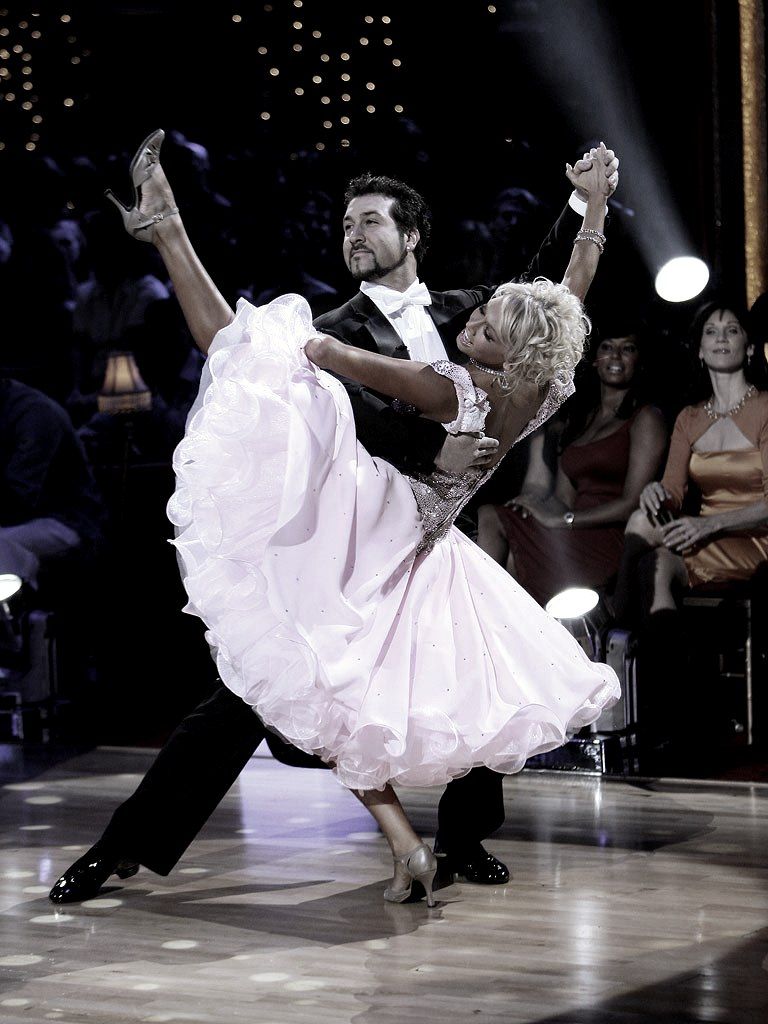 Instead of finishing the basic promenade left turn the lead will lead a series of rocks. The timing for this step is slow, slow, quick, quick, quick, quick, quick, quick, slow.
Instead of finishing the basic promenade left turn the lead will lead a series of rocks. The timing for this step is slow, slow, quick, quick, quick, quick, quick, quick, slow.
Promenade Pivot
This step is performed starting in the promenade position. It is a progression step from the basic promenade right turn. Instead of leading the right turn the follower is lead into a pivoting action and returns to promenade position to then finish out a left turning basic from promenade. When doing pivots at the Bronze level only one pivot at a time is allowed.
Closed or Open Reverse Turn
The reverse turn can be done in closed dance position or outside partner position.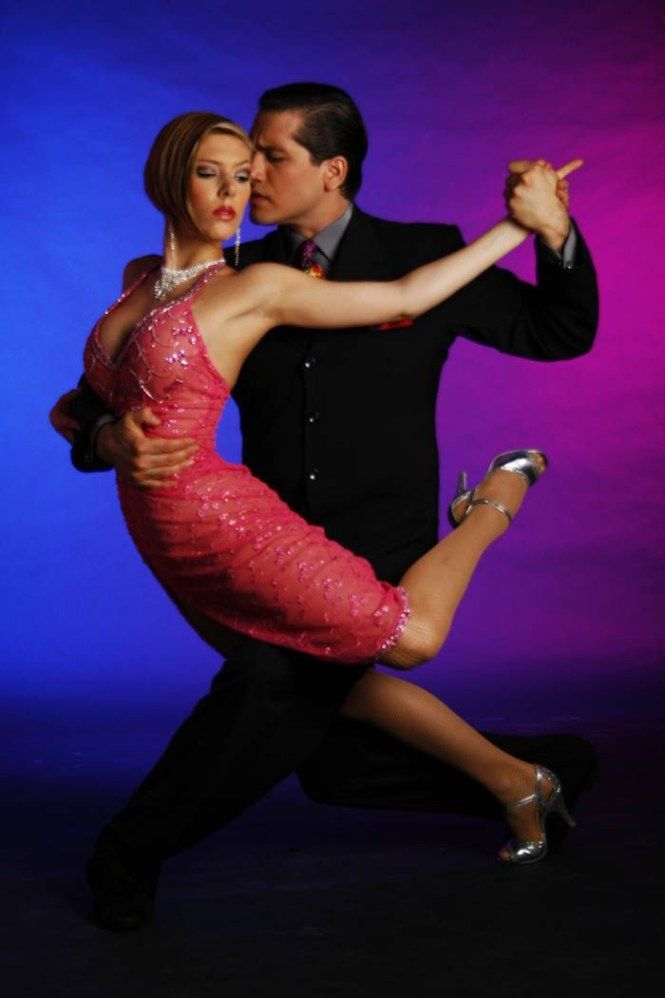 This is a left turning figure. The timing for this step is quick, quick, slow, quick, quick, slow.
This is a left turning figure. The timing for this step is quick, quick, slow, quick, quick, slow.
Fan with Underarm Turn Right
With the open fan position there are many variations that can be danced from this position. One variation is leading the lady into an underarm turn to the right. In the video below you will also notice that you can also be lead into the open fan position from closed dance position instead of promenade.
Double Corte
In an earlier step we introduced the single back corte. With the double corte you will perform a series of cortes. The Timing of this step is slow, slow, quick, quick, slow, slow, quick, quick, slow, slow, quick, quick, slow.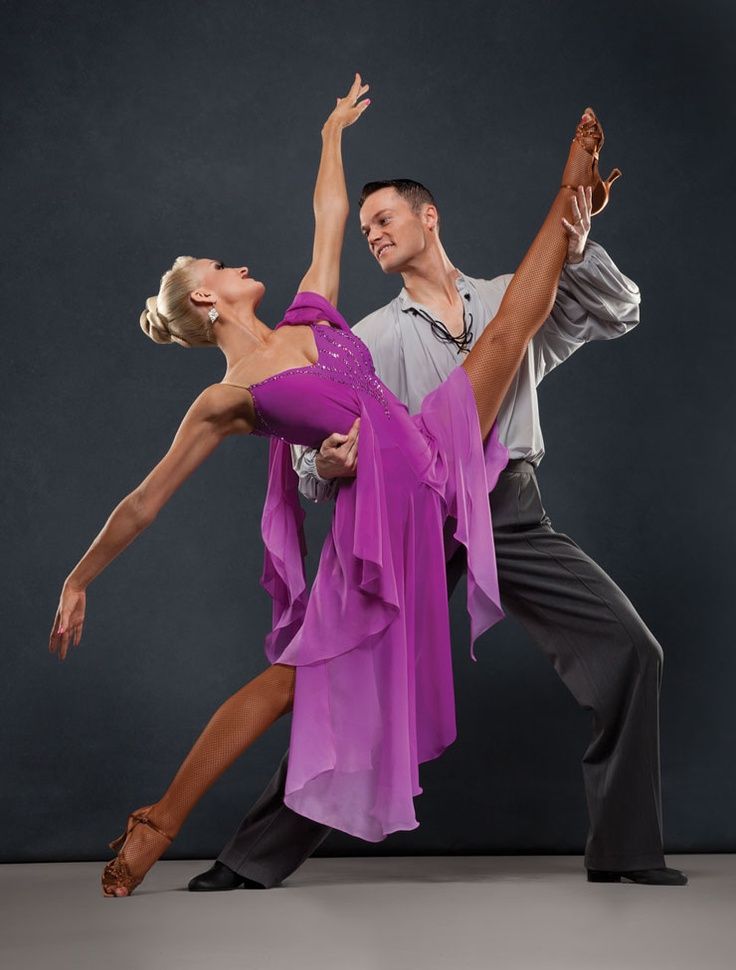
Progressive Rocks
The progressive rocks is another step that utilizes the rocking action. With this step pattern you will perform a series of 2 rocking actions. This step is performed in closed dance position. The timing for this step is slow, slow, quick, quick, slow, quick, quick, slow, quick, quick, slow.
Shadow Rocks
The shadow rocks is a variation of the progressive rocks. This is performed in the shadow position. Tango is the only American Smooth dance that introduces the shadow position for a Bronze level step. This is performed from the open fan position and the follower is than rolled into shadow position.
Learn Basic Tango Steps
Tango, also referred to as the "Dance of Love", is a passionate and dramatic dance. It's a dialogue between partners, an expressive form of communication through movements.
- Basic steps
- Instructions & Diagrams
- Video
- Recommended Video Lessons »
Quick intro
Tango originated in the 19th century outskirts of Buenos Aires, Argentina. Since then it has grown into one of the most popular dances in the world.
It's somewhat different from other dances, especially traditional ballroom, but next in popularity behind waltz and foxtrot. Dissimilar to those two, it has no rise & fall, no swaying. It's known for quick, sharp movements and a catlike walking action.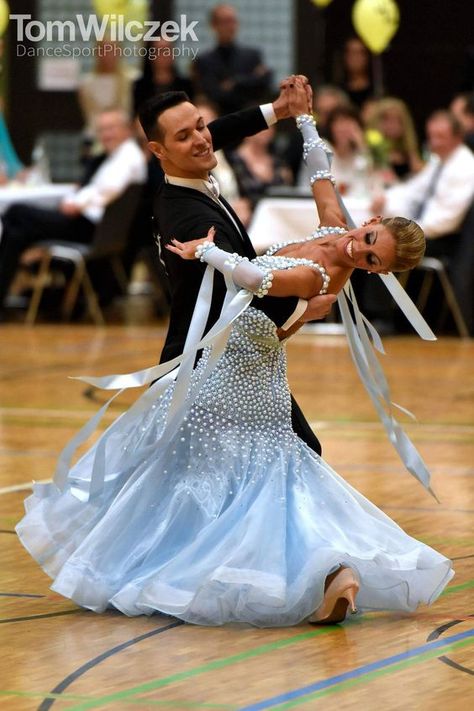
Today, there are many styles of tango. You can dance the tango argentino, the ballroom tango, the finnish tango, the uruguayan tango, tango nuevo, vintage tango, and the chinese tango, among other styles. Although many different interpretations have appeared, the two main styles are the ballroom style and the Argentine style. The main difference between the two is that the second one has more sharp, staccato movements and the characteristic head snaps which are totally foreign for the dances coming from Argentine.
Tango is danced all around the world by people of all sizes and ages. Because the main requirement is walking, it is a dance for everyone. When it comes to Tango, the Zimbabwean proverb - If you can walk, you can dance – is absolutely on the spot.
Basic steps
Tango is a walking dance, meaning that all the steps are based on walking.
When you start learning it, you must first master some basic movements.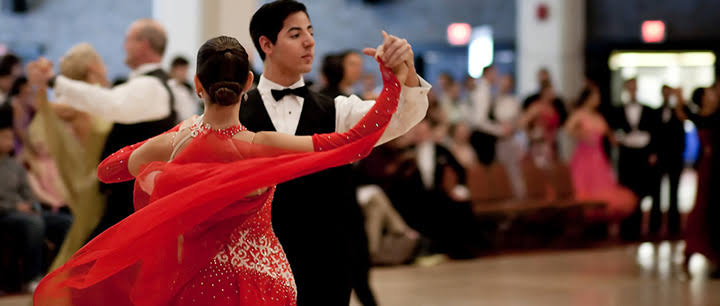 Don't worry, basic steps are not that difficult to learn. Beginners usually start with 8-Count Basic or simply Tango Basic.
Don't worry, basic steps are not that difficult to learn. Beginners usually start with 8-Count Basic or simply Tango Basic.
Tango Basic is made of five steps taken to 8 counts of music. The rhythm is slow, slow, quick, quick, slow. The slow steps consume two beats of music and the quick steps one. Tango music is usually written in 4/4 time (but also in 2/4 time) and played at a tempo of 30-33 measures per minute.
Instructions & Diagrams:
Tango is danced in a closed position, usually closer than in other dances. The man's left hand is holding the lady's right hand. His right hand is placed on her back, along the bottom of her ribcage. The lady's left hand is placed on his right shoulder. You always bent your knees. Remember, this dance is the most bent of all the ballroom dances.
The lead and follow mirror each others steps. The lead begins with the left foot, the follow with the right. Walks usually curve gradually to the left.
Basic Steps for Men
- Step forward with your left foot
- Step forward with your right foot passing the left foot
- Step forward again with your left foot this time passing the right foot
- Step forward and to the right with your right foot
- Left foot close to right foot
Basic Steps for Women
- Step back with your right foot
- Step back with your left foot passing the right foot
- Step back again with your right foot this time passing the left foot
- Step back and to the left with your left foot
- Right foot close to left foot
Video
In the following video Leon and Kim will show you slowly and from all angles how it's done. Ready, bend your knees, go:
more videos »
If you found this lesson useful, you can find more of what we recommend here »
techniques, basic steps and movements for beginners
Contents
Tango is one of those things that can be mastered at any age. It is not so much the technical elements that are important here, but the emotions of the performers, their energy and ability to improvise. In the northern capital, tango is especially loved: milongas are regularly held in St. Petersburg - dance parties at professional venues and just in the open air. To help you plunge into the world of Argentinean passions and master one of the most spectacular directions, professional mentors of the La Boca dance club are ready.
It is not so much the technical elements that are important here, but the emotions of the performers, their energy and ability to improvise. In the northern capital, tango is especially loved: milongas are regularly held in St. Petersburg - dance parties at professional venues and just in the open air. To help you plunge into the world of Argentinean passions and master one of the most spectacular directions, professional mentors of the La Boca dance club are ready.
A few words about tango
A playful pair dance that is distinguished by its free composition, but at the same time a very clear rhythm. Tango is a popular Argentinean direction that "ripened" at home, and then conquered the whole world. The main thing in this dance is to be able to improvise without losing the rhythm, and to feel your partner. It is in the pair that the individual style of the performers is developed, their own decorations and unique combinations of movements are born. Professional tango performers say that in the first place is the fusion of hearts, and only in the second place is technique.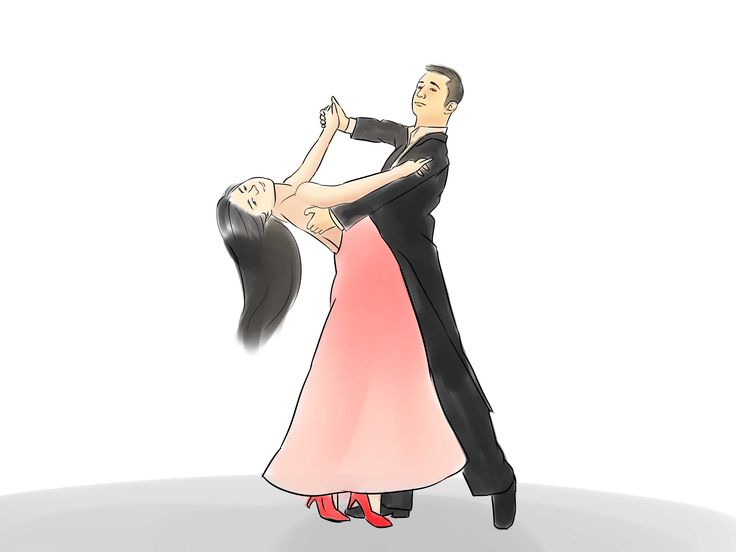 No one ever knows how the dance will turn out in the end, and this is its unconditional dignity!
No one ever knows how the dance will turn out in the end, and this is its unconditional dignity!
Sign up for a trial lesson
Basic tango moves
Due to the fact that tango is suitable for all ages and any physical form, you can start mastering this direction at home. Even before practicing the elements in front of the mirror, you need to really feel the tango music, listen to different pieces and try to swing to them. If you originally started dancing with a partner, learn how to hug in the tango style:
- A man grabs a woman, placing his right hand on her back - just below the shoulder blades.
- The partner's right hand is placed on the partner's left hand.
- The woman also clasps the man with her left hand – the hand is placed in the middle of his back.
In tango, it is important to move, mirroring each other. It is optimal to achieve such unity at home, by the mirror.
How to dance tango correctly
Learning tango with the help of a tutorial is very difficult: step by step videos describe the movements, but not the general mood of the dance. You can learn to improvise only by regularly practicing in a circle of like-minded people, so you should contact a dance school. To perform tango beautifully and excitingly you will be taught by an experienced mentor.
You can learn to improvise only by regularly practicing in a circle of like-minded people, so you should contact a dance school. To perform tango beautifully and excitingly you will be taught by an experienced mentor.
Here are a few things to keep in mind during class:
- Learn to keep your posture, and not only while dancing: a slightly raised head, straightened shoulders and a straight back always look good;
- The traditional tango rhythm is "slow, slow, fast, fast, slow". It's worth remembering;
- To develop your individual style, dance with different partners, and then choose one - the one with whom it is best to move in unison.
Video: performance of tango teachers of our school
Argentine tango or ballroom - Dance school in Moscow "Tango without rules"
Argentine tango must be distinguished from ballroom tango, these are completely different dances! Ballroom tango is included in the category of ballroom dancing, while Argentine tango is included in the group of social dances.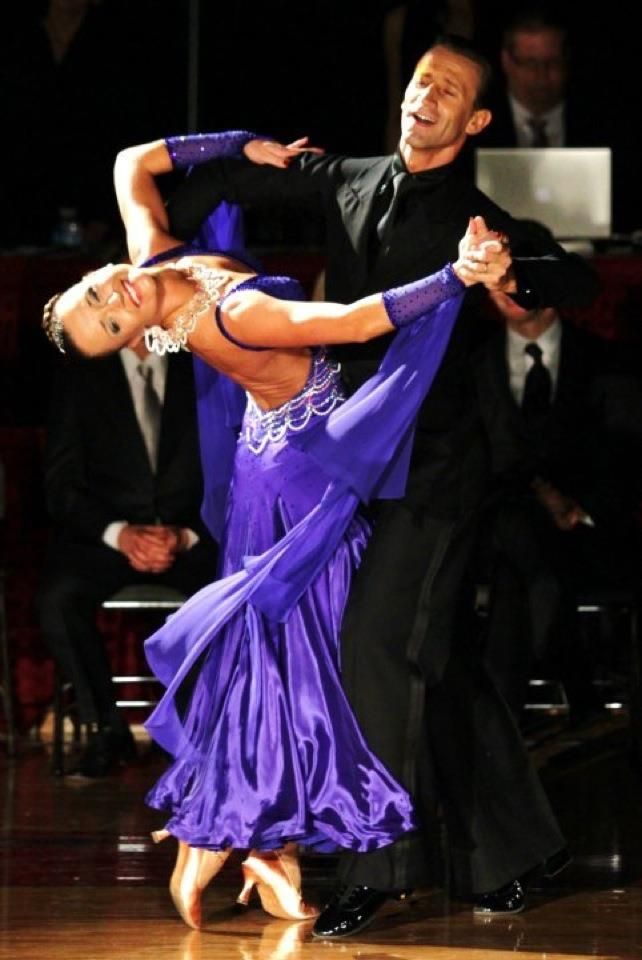
Features of ballroom dancing
Ballroom dancing has certain clearly defined rules - how to move, what types of movements are allowed and how to perform them. We can say that ballroom dancing is a dance performance according to certain rules, it is not improvisation. There are competitions in ballroom dancing, there are judges and a grading system. This has nothing to do with Argentina, this is a European invention.
Usually ball players have been practicing since childhood and it is more like a sport. They have regular partners with whom they learn numbers for performances. So ballroom tango is the performance of one of the dances from the ballroom dance program in front of the judges at the competition.
Features of Argentine tango
In the social Argentine tango it is the other way around – people dance for themselves, for their own pleasure. In Argentine tango there are no specific rules on how to dance it, that's why our tango school is called “Tango Without Rules”.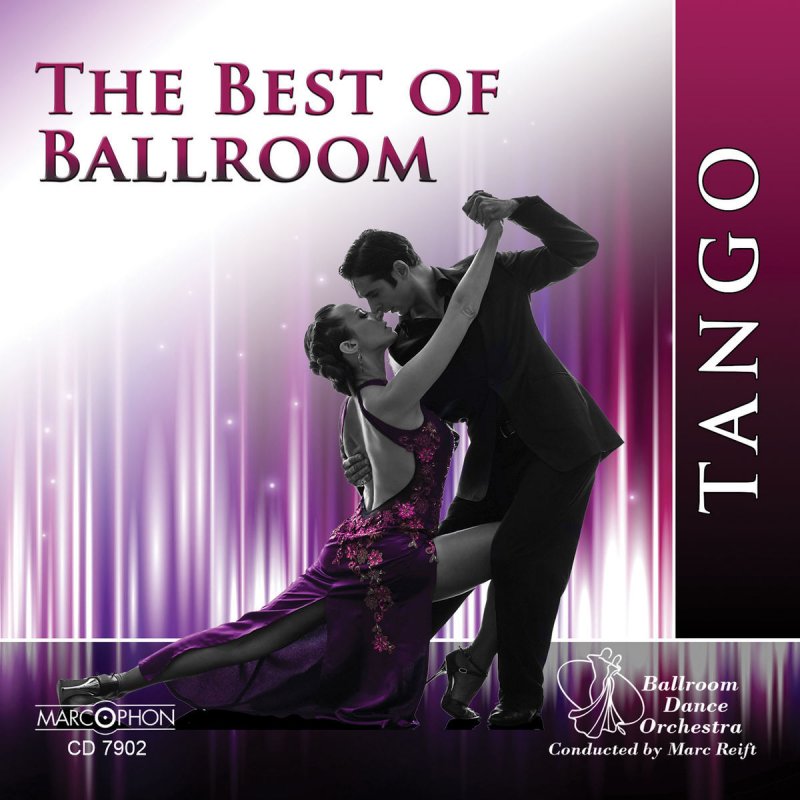
Every Argentine has the right to dance the tango however he wants, and this will be called Argentine tango.
It's simple! How Argentines dance tango in Buenos Aires, so right. And since they dance in different ways and over the years their manner of movement changes, the Argentine tango develops, changes along with the people who dance it.
In social Argentine tango there are no judges, no medals. You must dance in a way that you like, so that you yourself enjoy the process.
In ballroom tango, puffy dresses and costumes for men. In Argentine tango you can dress however you like, there are no rules. There are only special comfortable shoes for tango, which are best made in Buenos Aires, it is worth buying.
We will teach you how to dance tango for yourself
In social dancing you can dance with anyone you invite to dance. You can just come to the milonga (tango disco) and invite unknown partners (partners) there and dance with them. And you can only dance with your wife, for example.